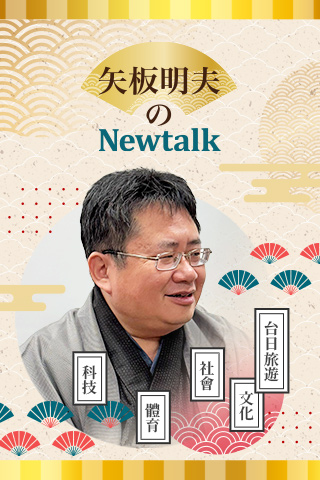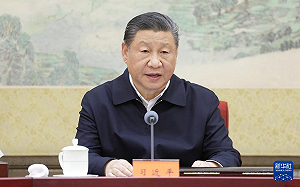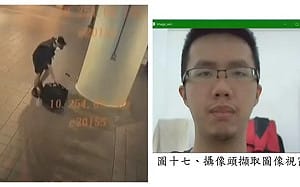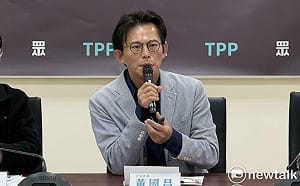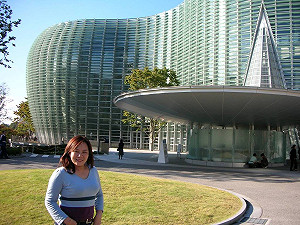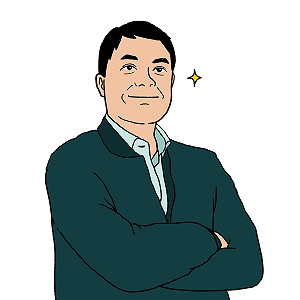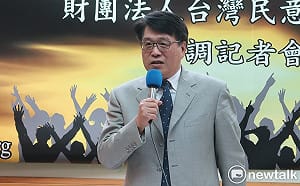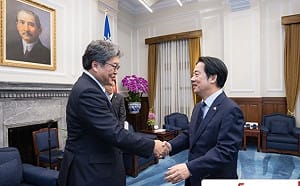
歷史總是預言,而非重複
朋友在他翻譯的一本書上題字「歷史總是預言,而非重複」給外子,我看了有懷疑,覺得邏輯怪怪的,所以不太有反應。後來他在給我的電郵上附上原文與出處。我看到原文“History is not so much repeating itself as preceding itself”,若有所思起來。
第一個反應是,“not so much”應該要翻出來吧?表面看起來不太重要,但似乎意有所指,不過為了讓警句簡潔有力,因此略去也是翻譯上的一大考量,要是我翻,應該也會略去吧。由於譯者與引用者都是譯界高手,所以不敢造次,因此就教我大學老師Prof. Lytle。
我先跟老師說這個警句的邏輯怪怪的,既然歷史是已發生事件,如何預言?Prof. Lytle這樣回答我:歷史形塑模式,在未來這些模式會將歷史整個呈現出來。現在發生的事可能凝成模式,而這些模式將在未來的事件裡展現。
看了老師精闢的解釋後,我回信裡提出對這個警語的看法。我是這樣解讀。當我遭遇某些事,然後回頭看過去曾發生的事,發現兩者有共通的模式,就此而言,歷史是重演。當我遭遇某些事,然後遠觀未來,想像出此事件的模式或許會在未來的事件裡呈現;又如果我回顧過去的一個事件,然後將自己置入當時的時空,再從那個角度往前看,我可以看到那一時空的事由將是日後某事件或連續事件的一種彩排。就此而言,歷史是預演。換言之,不管你看待歷史是重演或預演,端看你是看時間軸的哪一端。
他告訴我,這個警語的英文對母語是英文的人而言並非一看就瞭解,甚至包括他本身:
我必須停下來想,「這意味著什麼?」不過那是刻意這麼做。此警語作者的動機就是要讀者停下來去想「咦,什麼意思?這樣說似乎不通。」然後加以思考,自己去發現這個警語的真實性與合理性。作者本身並不是要寫一個簡明易懂的警語,他要讀者停下來思索,然後自己去弄明白這個警語的真實性。
接下來的一封信,老師主動提到“not so much”這個片語,我看到時心中竊喜,都還沒問,老師就聽到了?
若說此警語作者的動機就是要讀者停下來去想,那麼片語“not so much”就要翻譯出來。警語要在簡潔有力,不過原句英文並不簡潔,誠如老師說的:「片語『或許可以說』在英文裡早已將簡潔犧牲掉,也就是說,它修飾這個陳述,讓這個陳述不那麼絕對。這個警語的重點不在優美,而是要人去想。
「歷史總是預言,而非重複」,翻得優美簡潔,而且這句警語真的不好翻。不過我們還是要顧及對原文的忠實。除此之外,就是押韻的考量,這不是絕對必要,但會讓翻譯更漂亮。Prof. Lytle對這個警語是這樣處理:歷史,或許可以說,不是重演,而是預演。我認同老師的翻法。
單單一句話我們就討論了老半天,可見翻譯碰到類似狀況多磨人!不過我們一來一往的探討很有趣,因為純粹在探討不受任何外部壓力壓迫。若是要趕稿,又沒有人可以討論,那真的很痛苦。長久以來,觀察到台灣社會對翻譯這個專業並不重視,好像接觸過英文就會翻譯了,或是用翻譯機翻一翻就好。當然,不考慮品質與正確的要求是可以這樣。不過碰到文化背景問題,非有相當涵養是很難處理的。這個被嚴重低估的專業真的是那麼容易上手的嗎?
* * *
Prof. Lytle與我偶然討論這個翻譯,因為過程蠻有趣的,於是用英文寫下來,我是先寫英文,再寫中文,因此一併將英文附上。
History not so much repeating itself as preceding itself
The other day a friend of mine wrote down the Chinese translation of a sentence that goes: “History is not so much repeating itself as preceding itself” on the fly page of a book he translated for my husband. The aphorism is from the book The Coldest Winter, America and Korean War, by David Halberstam. The Chinese translation runs like this: Li-shi zeng shi yu-yan, er fei chong-fu (歷史總是預言,而非重複). The main idea of the original is in the translation. What bothered me is the logic of the aphorism.
Since history is what happened, how can it foretell itself? I thus discussed this with my former professor Mr. Lytle. This is his answer. History is forming patterns that will play out it full, be enacted in full, in the future. The things that happen now might congeal into patterns that will be enacted or played out in full in future events.
My reading of this aphorism is as follows. When something happens to me and then I look back at what once happened to me in the past, I find there is some connection and pattern between these two events. In this respect, history is repeating itself. When something happens to me and I look into the future, then I can imagine some pattern in this event may congeal into future events. Also, if I look back at an event in the past, and then imaginatively put myself into that time and space, and from that vantage point look forward, I can see how what happened then (at that point in the past where I have put myself) was in a way a dress rehearsal for some event or series of events that would occur later. In this respect, history is preceding itself. In other words, whether you see history as repeating itself or preceding itself depends on which direction in time you are looking.
Professor Lytle told me the English is not perfectly understandable at first, even to a native speaker, even to him:
“I had to stop and think, ‘What does this mean?’ But that is done on purpose. The motive of the author of this aphorism is to get the reader to stop, to think ‘Huh? What does that mean? That doesn't seem to make sense’, and finally to think and to discover for oneself the truth and validity of the aphorism. The author did not want to write a trite and easily understood aphorism; he wanted the reader to stop, wonder, and then figure out the truth of the aphorism for him/herself. ”
If the motive of the author of this aphorism is to get the reader to stop, to think, then the phrase “not so much” need to be translated. Yes, an aphorism should be a concise statement of a principle or precept given in pointed words. But the English is not really that concise, as professor Lytle pointed out “The phrase ‘not so much’ in English already sacrifices conciseness, (that is, it qualifies the statement, makes it not so absolute) and this is not really meant to be a beautiful aphorism, but to get one to think for oneself.”
It’s true the Chinese translation is elegant and concise; still we have to consider whether the translation is faithful to the original. Besides this, there is the concern of rhyming. This is not a must, but it can make the translation prettier. Hence professor Lytle’s translation runs like this: Li-shi, huo-xu ke-yi shuo, bu shi chong-yan, er shi yu-yan (歷史,或許可以說,不是重演,而是預演). And I agree with his stand.
Translation is really tricky! Who says it’s easy?!
(文章僅代表作者觀點,不代表Newtalk新聞立場。)


